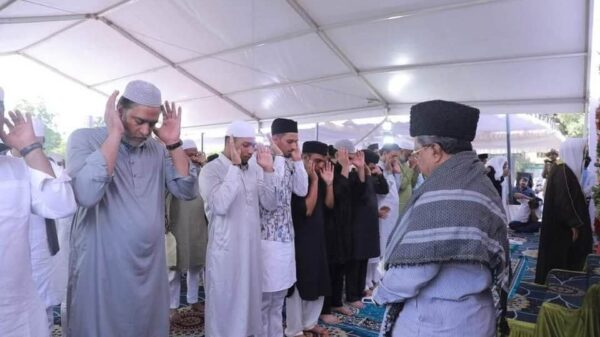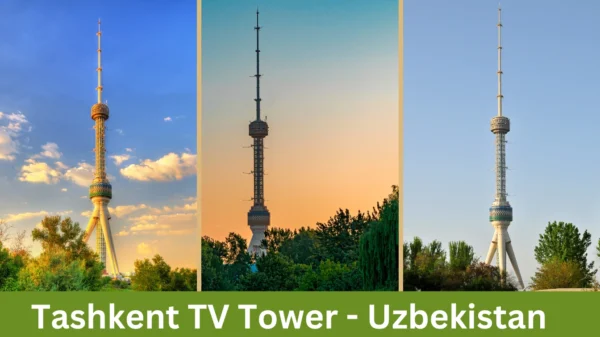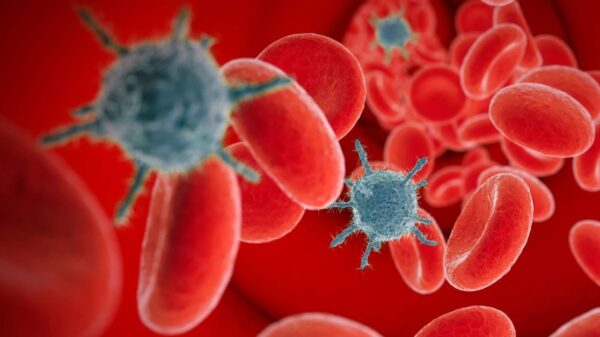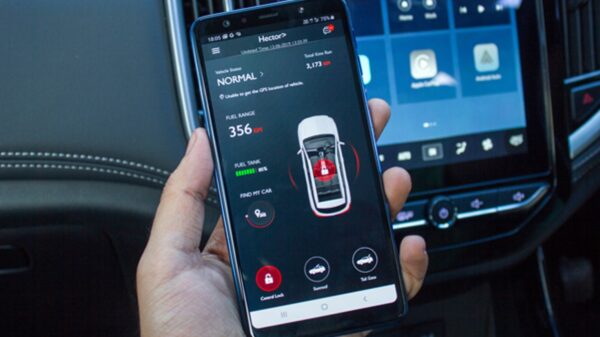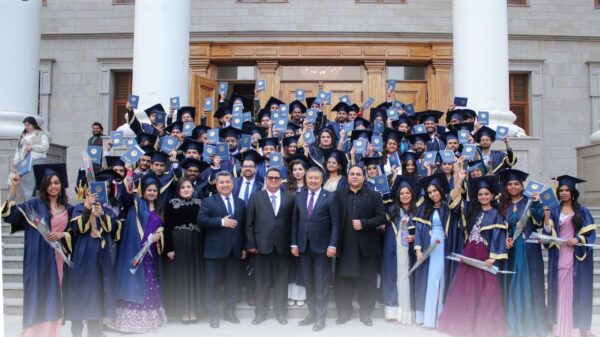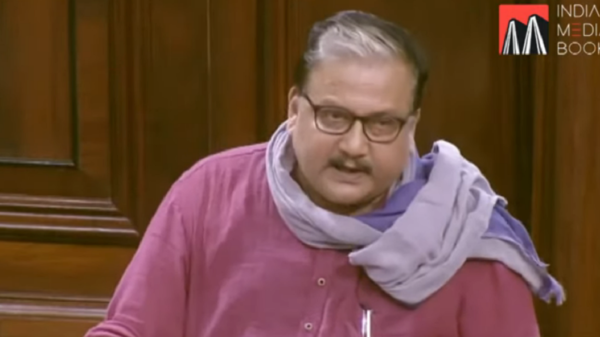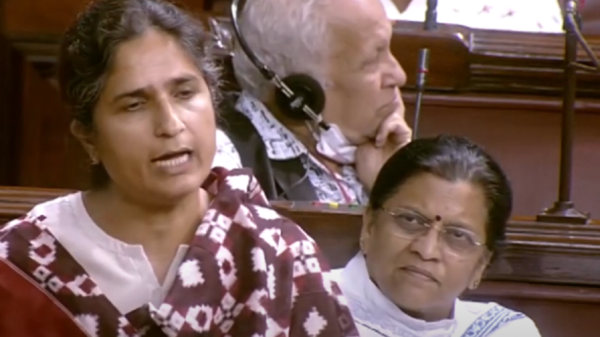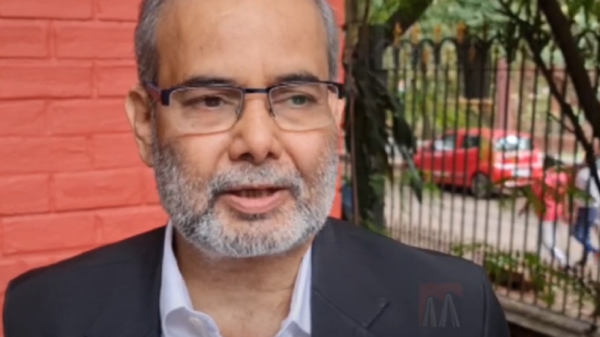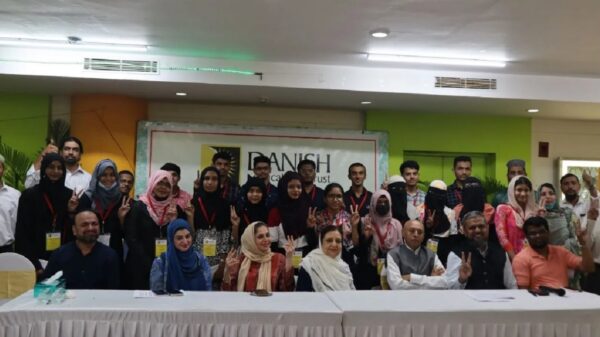Consumers sentiment is expected to remain stuck in the slow lane for the auto industry, as anxiety over general elections, financing constraints and farm distress dent the sector’s sales.
The slowdown in auto sales reflect the picture of the Indian economy, which is being dragged by low demand especially from rural areas.
Alarmingly, a slowdown in the sector will have a cascading impact on other industries like steel and most importantly on job creation.
Nonetheless, industry observers expect the demand environment to remain subdued in the near-term, till the time, ongoing election season lasts and high-base effect persists.
“This trend of slow down or de-growth is expected to continue in the near term,” Sridhar V., Partner with Grant Thornton India, told IANS.
“Election, new government, global issues like tariff war between US and China, embargo on Iran restricting India’s purchase of crude from them could all impact the way this sector evolves in the medium term.”
Besides, the external factors, the introduction of Bharat Stage VI which will bring in new engine types has caused anxiety, consumers are said to be waiting for the implementation of the new emission norms before making new purchases.
According to Rahul Mishra, Principal at A.T. Kearney: “With BS VI introduction in the coming months and the push in prices, the situation is going to remain depressed.”
Other bottlenecks such as financing constraints due to the NBFC (Non Banking Financial Company) crisis has also hit the industry.
“NBFCs play a critical role in financing and driving sales and the depressed credit growth has been a prime reason for the overall slowdown,” Mishra said.
Additionally, an overall downtrend in the farm sector growth has also decelerated the demand for tractors, pick-ups and two-wheelers.
“The farm sector distress has had an effect on two-wheelers, tractors and farm equipment,” Mishra said.
“A good farm sector performance has a cascading effect on driving the overall growth in the economy across, primary, secondary and tertiary dependent sectors.”
In terms of a recovery, experts believe a gradual acceleration in sales pick-up will take place, once the election period gets over.
“Growth is likely to recover from H2 onwards when fleet operators will start placing orders before new emission norms get implemented,” said Subrata Ray, Senior Group Vice President, ICRA.
“Stable government at the Centre, and continuation of investments in the infrastructure space and rural demand scenario will be key variables.”
As per data points, passenger car sales which indicates urban and semi-urban demand declined 19.93 per cent in April to 160,279 units from 200,183 units sold during April 2018.
The Society of Indian Automobile Manufacturers data showed the number of utility vehicles sold domestically went down by 6.67 per cent to 73,854 units, while 13,408 vans were sold last month, down 30.11 per cent from the same month of 2018.
Overall, passenger vehicle sales declined 17.07 per cent in April to 247,541 units, from 298,504 units in the same month last year.
In the commercial vehicle segment, which is the key indicator of economic activity, domestic sales went down by 5.98 per cent to 68,680 units last month.
“The slowdown in CV sales is visible in the general freight cargo segment, while tipper truck sales have been growing at a healthy pace because of investments in infrastructure and construction sector,” Ray said.
Similarly, overall sales of two-wheelers, which include scooters, motorcycles and mopeds, edged lower by 16.36 per cent to 1,638,388 units.
(IANS)





